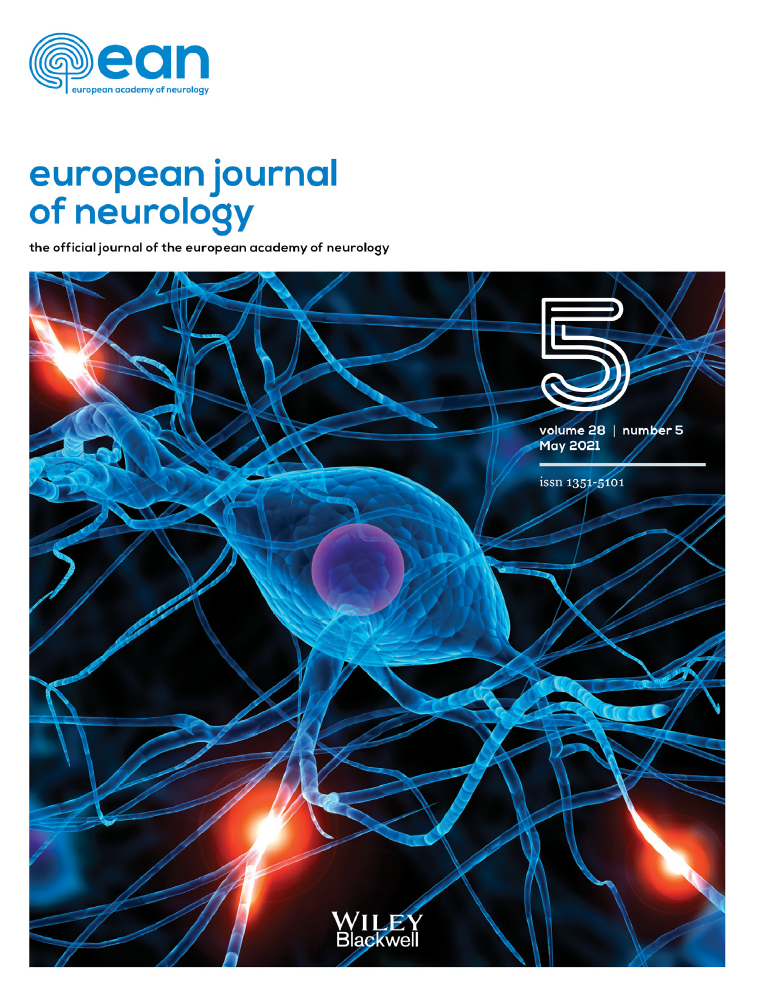Brain connectivity abnormalities and treatment-induced restorations in patients with cervical dystonia
Liang Feng and Dazhi Yin contributed equally to the paper.
Abstract
Background
The relationship between brain abnormalities and phenotypic characteristics in cervical dystonia (CD) patients has not been fully established, and little is known about the neuroplastic changes induced by botulinum toxin type A (BoNT-A) treatment.
Methods
Ninety-two CD patients presenting with rotational torticollis and 45 healthy controls from our database were retrospectively screened. After clinical assessment, the 92 patients underwent baseline magnetic resonance imaging (MRI) followed by a single-dose injection of BoNT-A. Four weeks later, 76 out of the 92 patients were re-evaluated with the Tsui scale for dystonia severity, and 33 out of 76 patients completed post-treatment MRI scanning. Data-driven global brain connectivity and regional homogeneity in tandem with seed-based connectivity analyses were used to examine the functional abnormalities in CD and longitudinal circuit alterations that scaled with clinical response to BoNT-A. Multiple regression models were employed for the prediction analysis of treatment efficacy.
Results
Cervical dystonia patients exhibited elevated baseline connectivity of the right postcentral gyrus with the left dorsomedial prefrontal cortex and right caudate nucleus, which was associated with their symptom severity. BoNT-A reduced excessive functional connectivity between the sensorimotor cortex and right superior frontal gyrus, which was significantly correlated with changes in Tsui score. Moreover, pre-treatment regional homogeneity of the left middle frontal gyrus was linearly related to varied response to treatment.
Conclusions
Our findings unravel dissociable connectivity of the sensorimotor cortex underlying the pathology of CD and central effects of BoNT-A therapy. Furthermore, baseline regional homogeneity with the left middle frontal gyrus may represent a potential evidence-based marker of patient stratification for BoNT-A therapy in CD.
CONFLICT OF INTEREST
None.
Open Research
DATA AVAILABILITY STATEMENT
The data that support the findings of this study are available on request from the corresponding author. The data are not publicly available due to privacy or ethical restrictions. Data not shown or raw data for analysis will be shared in an anonymized and numerical way on request from any qualified investigator.




